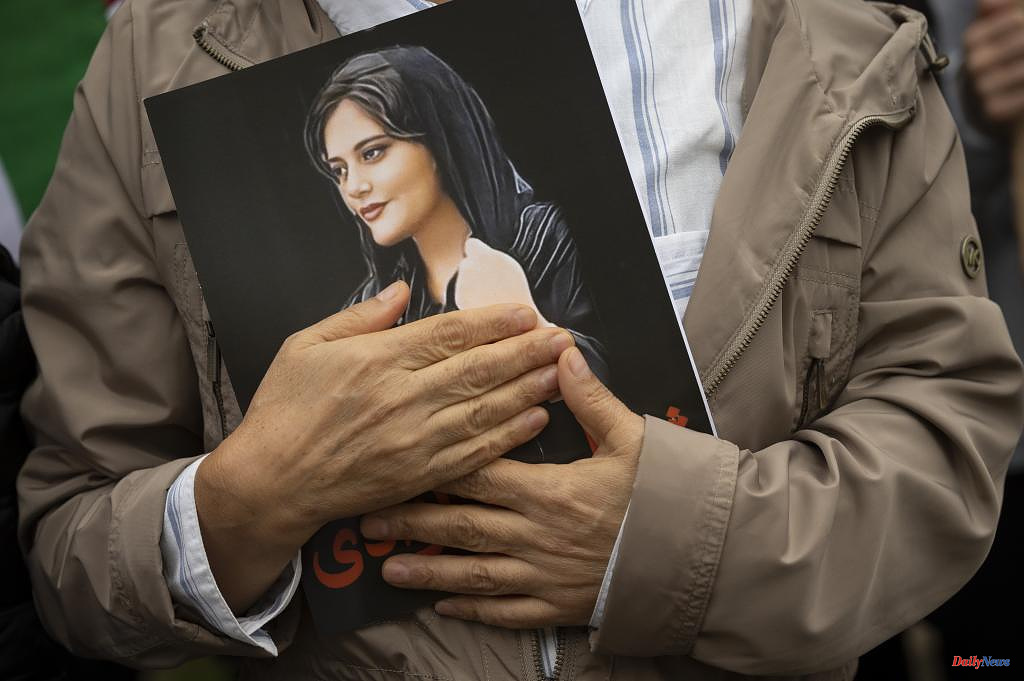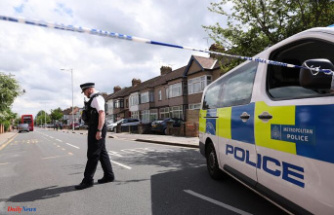The tomb of Mahsa Amini, whose death after being arrested for not wearing the veil sparked strong protests in Iran, has been vandalized, her family denounced.
"The glass in her tomb also bothers them," wrote Ashkan Amini, the young woman's brother, on the Instagram social network, a publication that has since disappeared.
The message is accompanied by a photo showing the broken glass that covers the grave and a portrait of the 22-year-old girl in the Aichi cemetery, in the city of Saqez, in Iranian Kurdistan.
"If they break it a thousand times again, we are going to fix it again. Let's see who gets tired first," said Ashkan, who added that it is the second time that his sister's grave has been vandalized.
The family's lawyer, Saleh Nirbakht, said in an audio message that the tomb was vandalized on Sunday by individuals "known for such unsavory actions in the past."
He also said that Mahsa's father had told him that the authorities obstructed the installation of a protective structure over the grave by threatening a local welder that his business would be closed if he carried out the work.
Amini's death in police custody after being arrested for not wearing the Islamic veil properly in September sparked the biggest protests against the Islamic Republic and the country's theocratic system in decades.
The protests began precisely at the Aichi cemetery on September 17, one day after his death. There, Iranian women shouted the first "woman, life, freedom", the slogan of the protests, and burned the first veils.
The protests have disappeared after a strong state repression that has caused some 500 deaths and thousands of arrests, in addition to seven executions, one of them in public.
Last Friday, small protests took place again in various cities of the country, spurred on by the execution that day of three protesters for crimes allegedly committed during the revolt.
Of all the forms of protest and disobedience, the only one that survived is the rejection of the veil by many women despite the authorities' attempts to re-impose the use of this garment.
According to the criteria of The Trust Project












